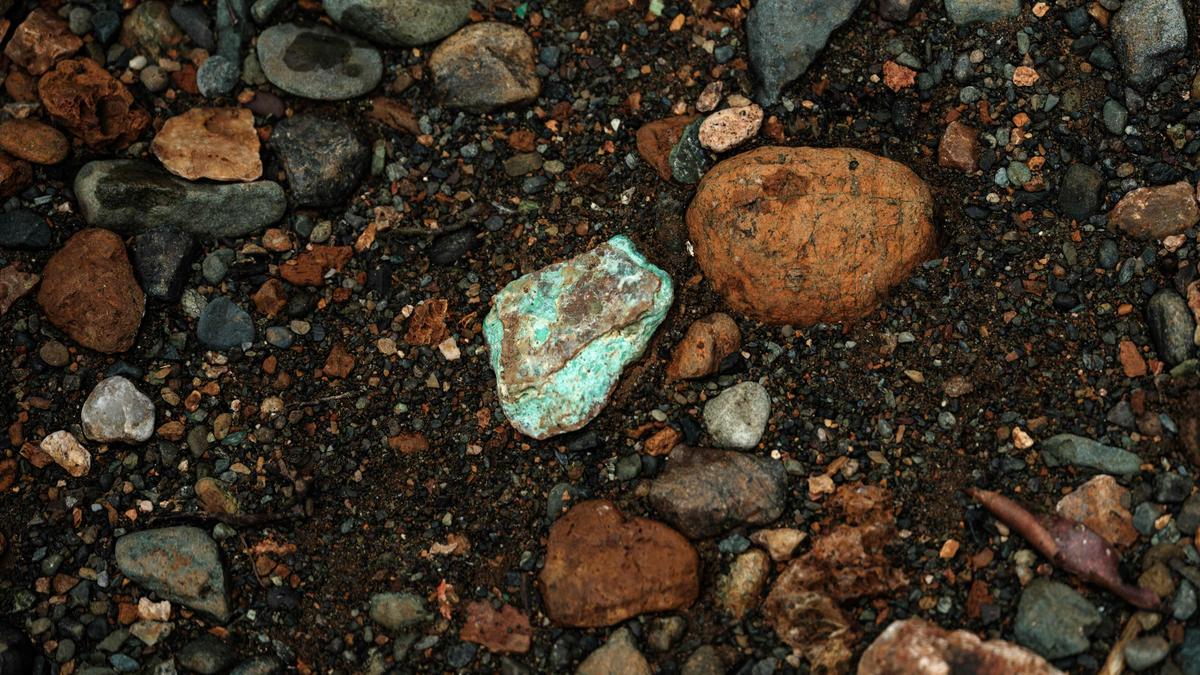Manzoor, U., Mujica Roncery, L., Raabe, D. et al, ‘Sustainable nickel enabled by hydrogen-based reduction’, Nature 641, 365–373 (2025). doi.org/10.1038/s41586-025-08901-7
Nickel powers everything, from gadgets to green technologies. But getting it currently involves a far from green, in fact, a dirty process. However, a new study has revealed what its authors have said is a game-changing and sustainable method to extract nickel from low-grade ores using hydrogen plasma instead of carbon. It’s a one-step process free of carbon dioxide that reportedly saves both energy and time.
Nickel is an important metal used in several clean energy technologies, especially Electric Vehicles (EVs), and the demand for it is expected to surpass six million tonnes a year by 2040. While EVs are seen as a cleaner alternative to traditional fossil fuel-powered vehicles, there are hidden environmental costs associated with their production, especially in the manufacturing of lithium-ion batteries.
A major component in these batteries is nickel and its extraction is highly carbon-intensive. Producing just one tonne of nickel can result in more than 20 tonnes of carbon dioxide emissions. So while EVs reduce emissions during operation, the process of sourcing materials like nickel simply shifts the pollution burden from the transportation sector to the mining and processing sector, among others.
The methodology
The study, published in Nature on April 30, was conducted by researchers at the Max Planck Institute for Sustainable Materials in Düsseldorf, Germany. In the study, the researchers bypassed the traditional multistep process to extract nickel — which includes calcination, smelting, reduction, and refining — and developed a single metallurgical step conducted in one furnace. “The proposed method has the potential to be up to about 18% more energy efficient while cutting direct carbon dioxide emissions by up to 84% compared with the current practice,” the paper wrote.
Ubaid Manzoor, a researcher at the Max Planck Institute and lead author of the study, said, “Traditional nickel extraction is multi-step, energy-intensive and relies on carbon. Nickel oxide is heated with carbon, which removes the oxygen, producing pure nickel, along with carbon dioxide emissions.” The researchers have proposed replacing carbon with hydrogen as the reducing agent and using electricity as the energy source, specifically through an electric arc furnace.
“In our method, we use hydrogen plasma. Hydrogen gas, when subjected to high-energy electrons in an electric arc, splits into high-energy ions, entering a plasma state — the extremely hot and reactive fourth state of matter. It is distinct from solids, liquids, and gases. This hydrogen plasma rapidly reduces the metal oxides. From a thermodynamic perspective, the process is not only cleaner but significantly faster,” Mr. Manzoor said. He added that the method is kinetically superior — meaning the chemical reaction is more energetically favoured — thanks to the highly reactive and unstable nature of plasma.
“The end product of hydrogen reacting with oxygen is water, not carbon dioxide. Therefore, the entire process is carbon-free, using only electricity, hydrogen, and yielding water as a byproduct,” he added.
Enabling sustainable production
The study focused on laterite ores, a type of soil-rich rocks that contain metals like nickel. They form in hot, tropical regions when rain and heat break down rocks over time, leaving behind metal-rich layers. They are abundant but tough to process. “While sulphide ores are found deeper underground and are easier to process, they’re rapidly depleting. The new method used in the study works efficiently on laterites, making it key to future nickel production,” Mr. Manzoor said.
India has substantial nickel laterite reserves, particularly in Odisha’s Sukinda region. “These deposits, containing 0.4-0.9% nickel as nickeliferous limonite in chromite mine overburden, are often overlooked because traditional methods require higher-grade ores. But [the team’s method] excels at extracting value from these lower-grade resources,” Dierk Raabe, professor and director of the Max Planck Institute and co-author of the study, said. He added that the technology could play a major role as the demand for sustainably produced materials continues to grow.
“Without such innovations, the sustainability revolution — whether in electrification, renewables, or green infrastructure — risks merely shifting the carbon dioxide and energy burdens from one sector to another. In other words, we might build a ‘greener’ world through EVs, solar panels, and high-performance magnets while still relying on carbon-intensive methods to mine and refine the critical metals … that make all of it possible,” he said.
The inescapable demand for nickel in multiple industries and its traditionally carbon-intensive production pose “a particular challenge for countries like India, where rapid industrial growth is essential for economic development. India must simultaneously meet ambitious climate goals and leverage market opportunities in the green economy,” Mr. Raabe added.
He continued that the technology aligns well with India’s dual goals — to accelerate industrialisation and infrastructure development while staying committed to the goal of achieving net-zero emissions by 2070. It also reduces the need to import high-grade ores and maximises the potential of domestic, underutilised mineral assets, he added.
Some challenges
Pratik Kumar, assistant professor in the Department of Civil Engineering at IIT-Jammu and who wasn’t associated with the new study, said this research could be a very appropriate method for nickel extraction from an ore, especially when the world is thinking critically in the direction of carbon neutrality. The method produces high-purity ferronickel — an alloy with which stainless steel can be made — eliminating the need for extensive refining steps and making the overall process more sustainable on paper. “However, the scalability of the mentioned study to an industrial production would involve certain challenges, including a high initial investment in infrastructure and renewable energy and limitations in ore applicability. Also, further in-depth study on thermodynamic kinetics may be required along with a demand for continuous free oxygen species supply at the arc-melt interface,” Mr. Kumar cautioned.
“Despite these hurdles, the study offers a promising, sustainable alternative to conventional nickel extraction methods.”
Hirra Azmat is a Kashmir-based journalist who writes on science, health, and environment.
Published – June 10, 2025 06:36 am IST





















